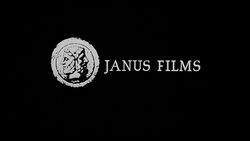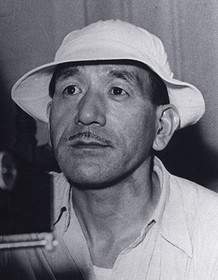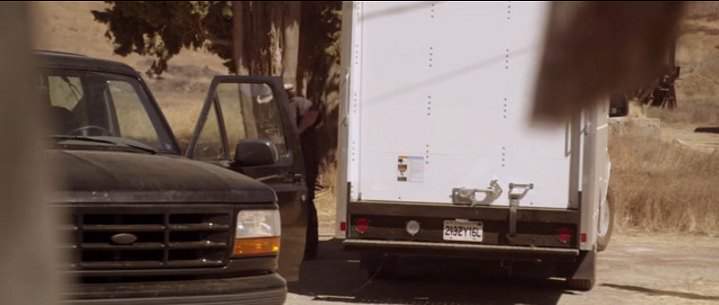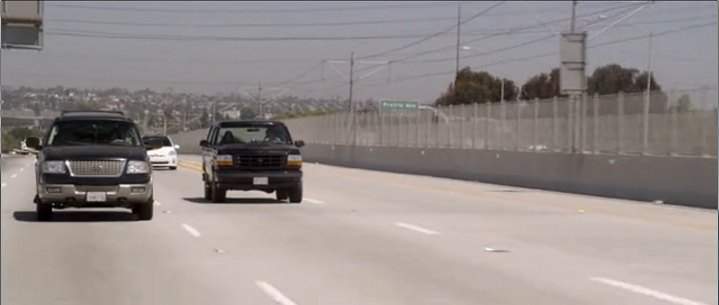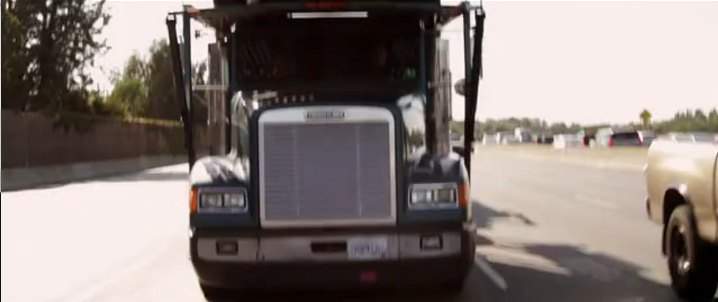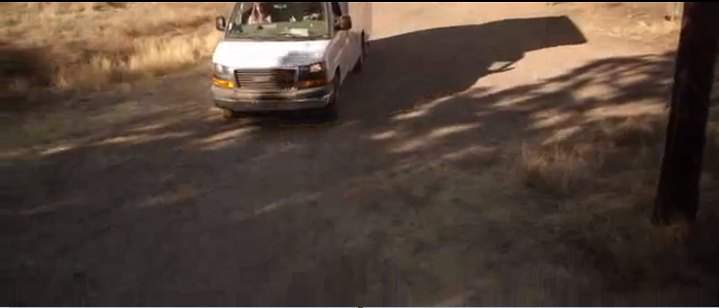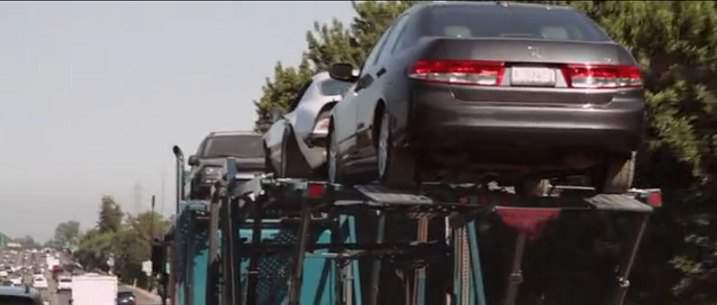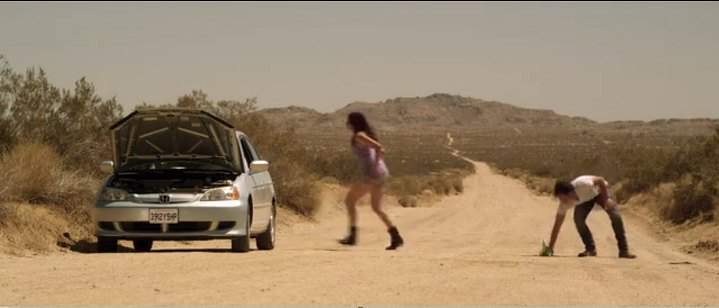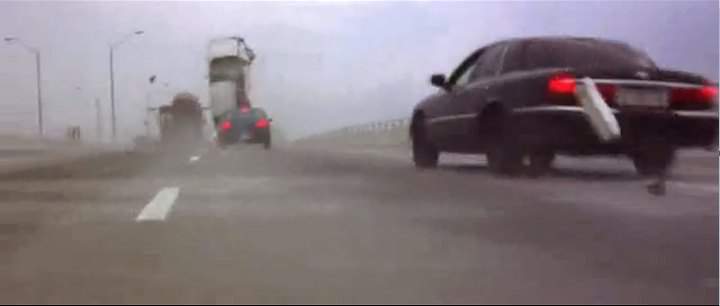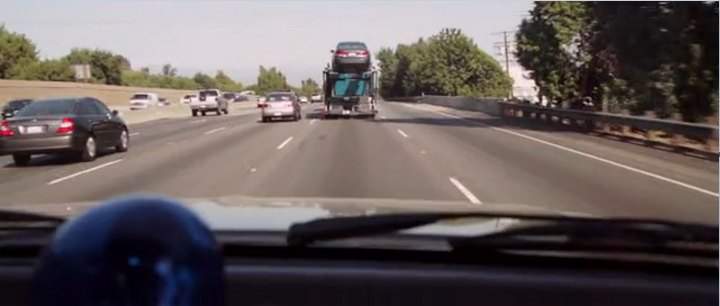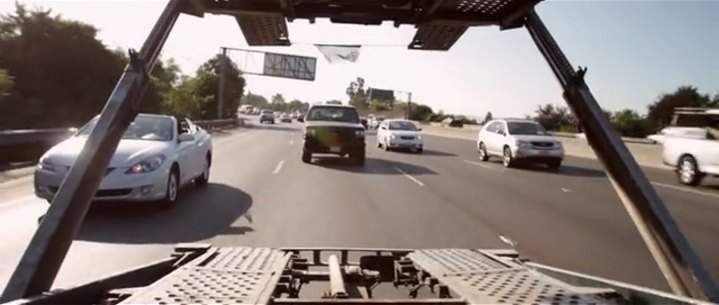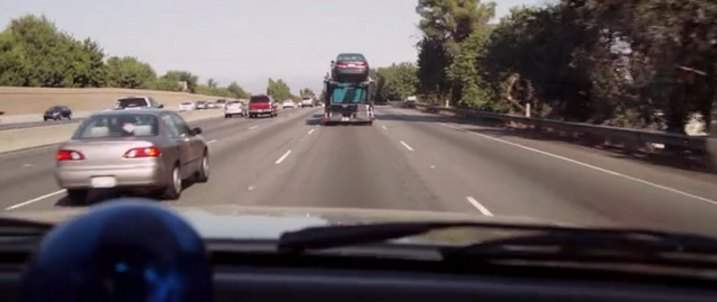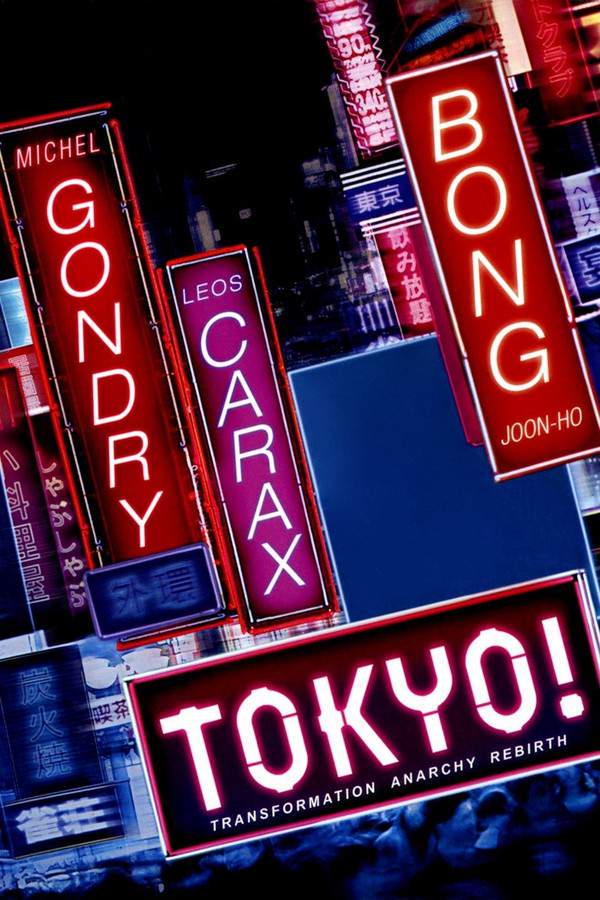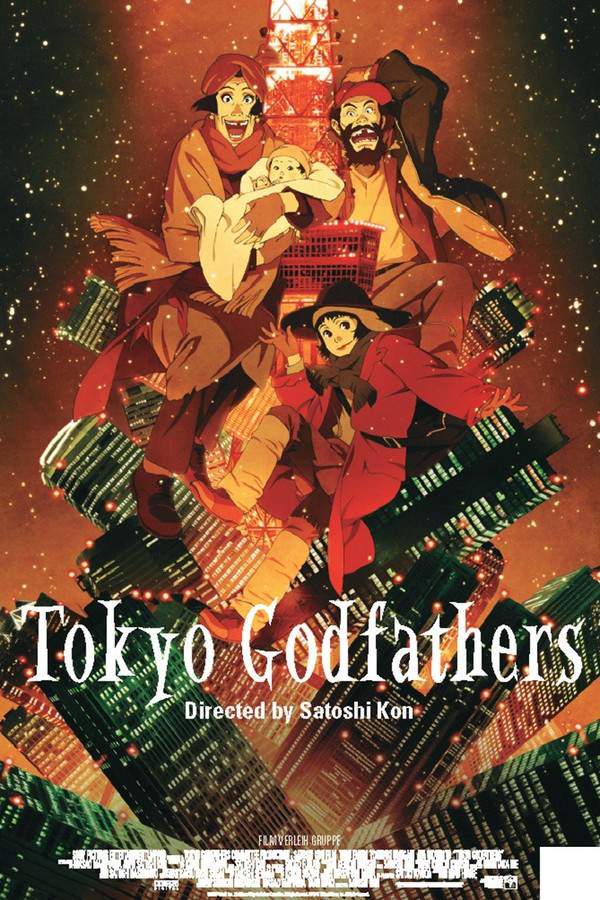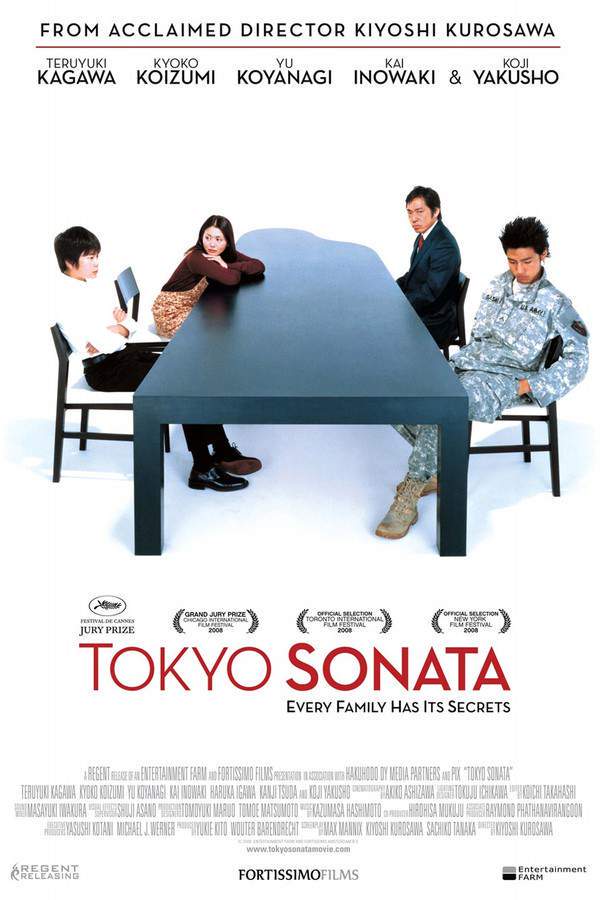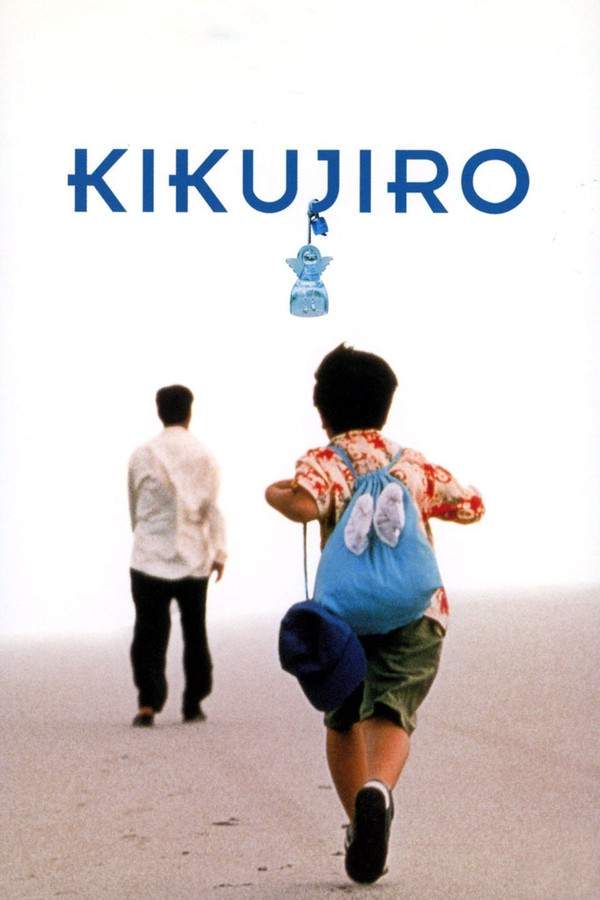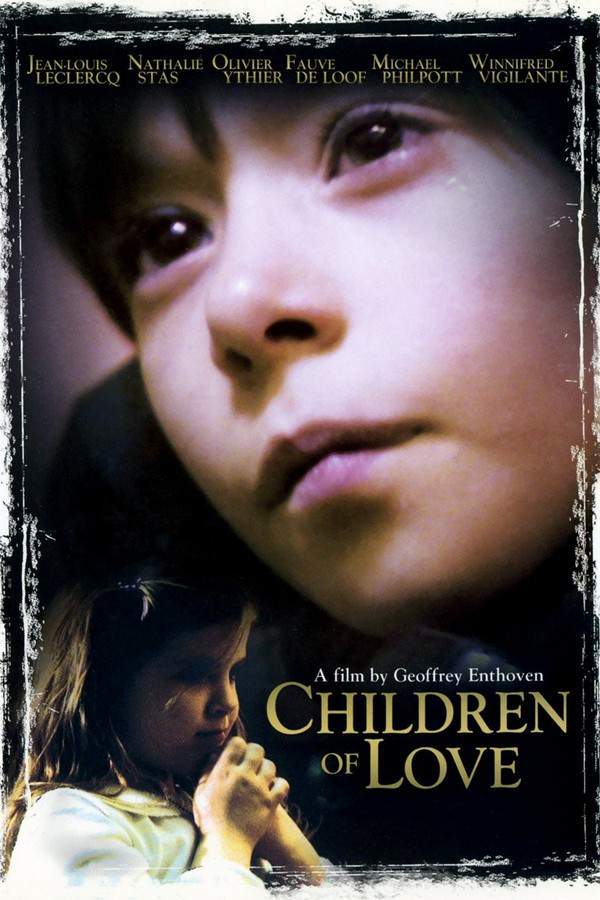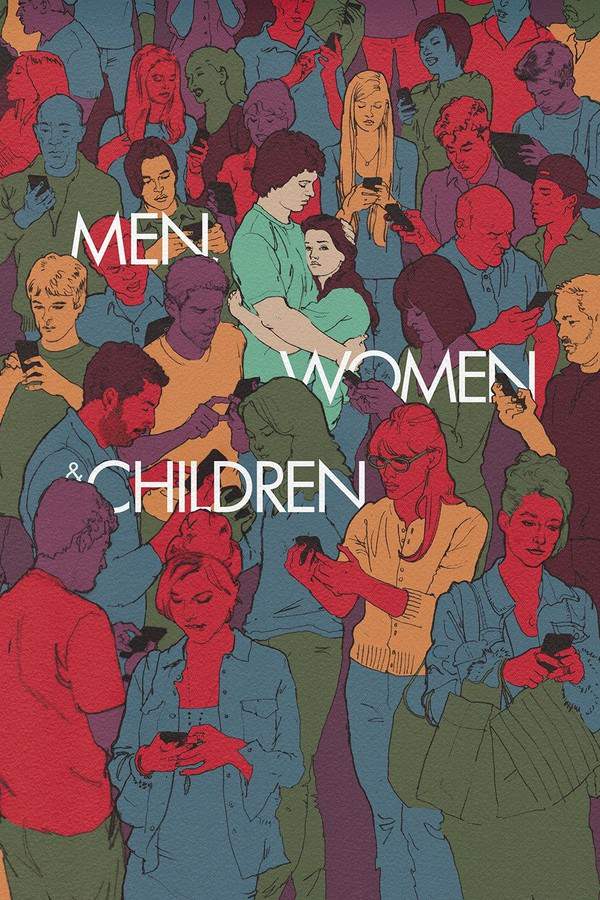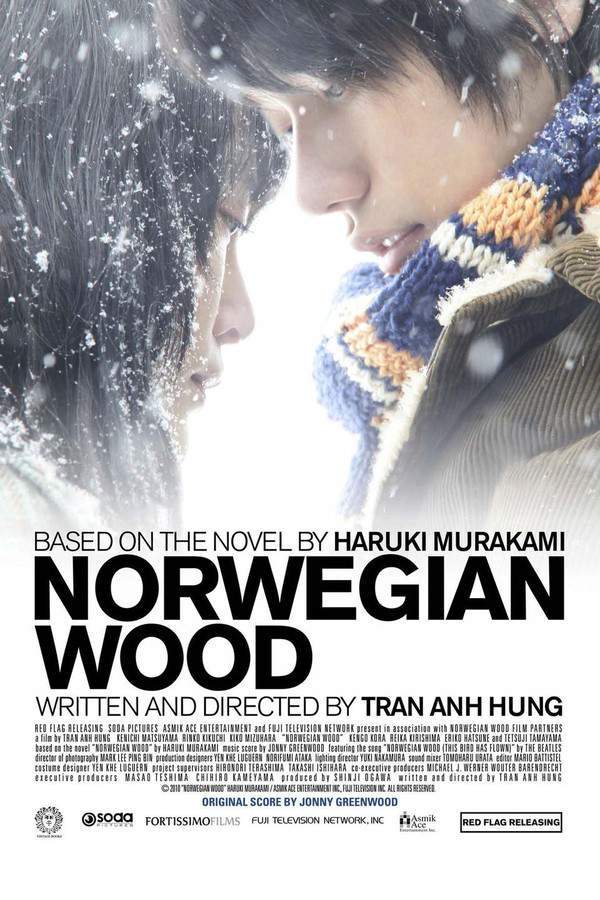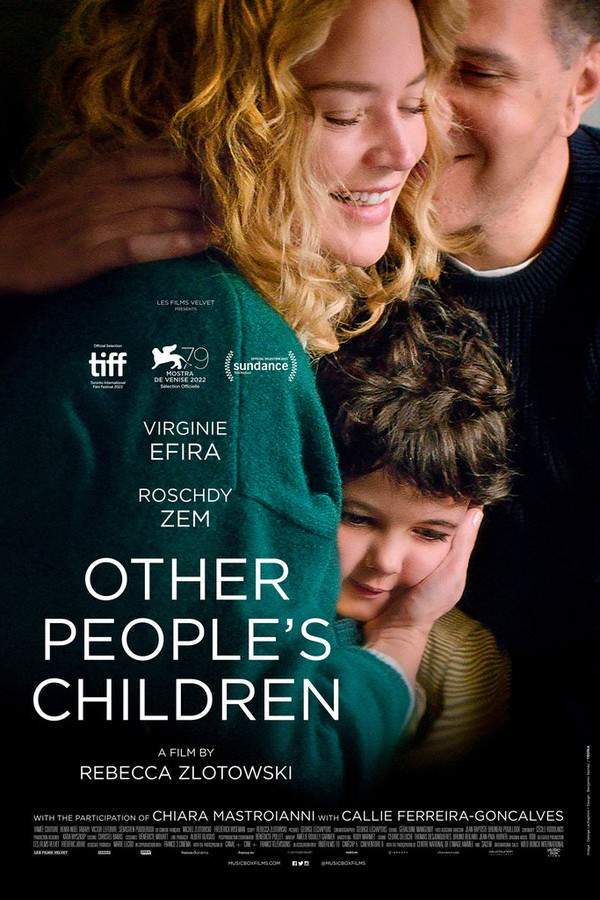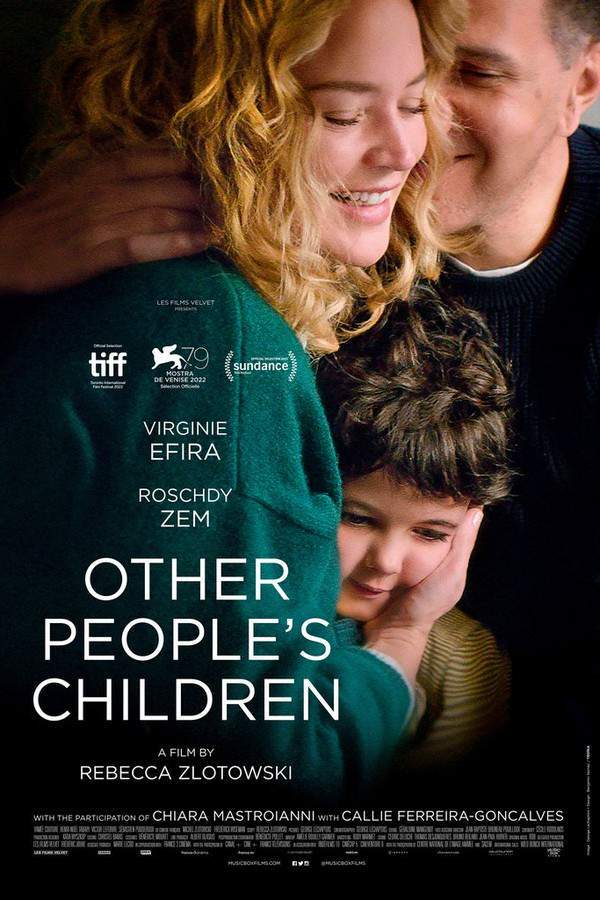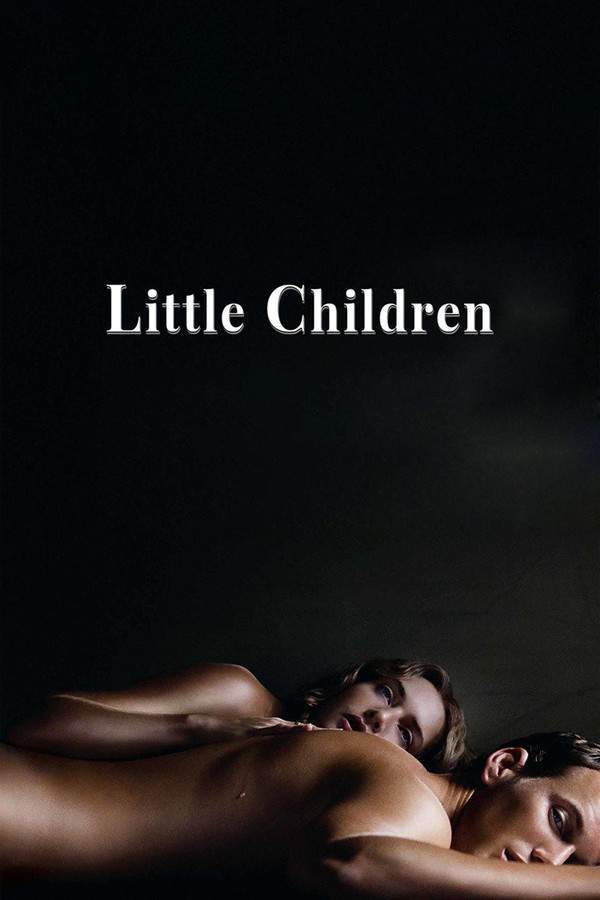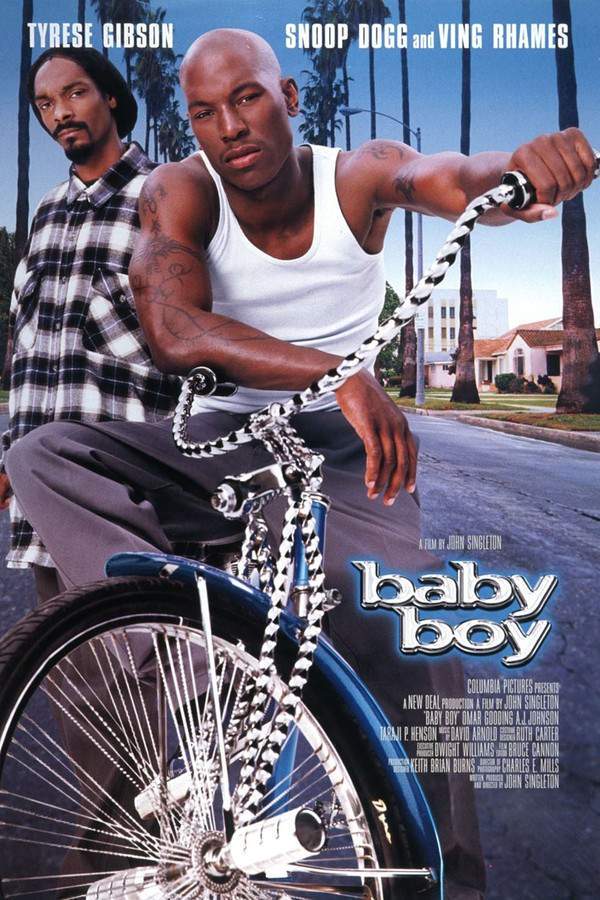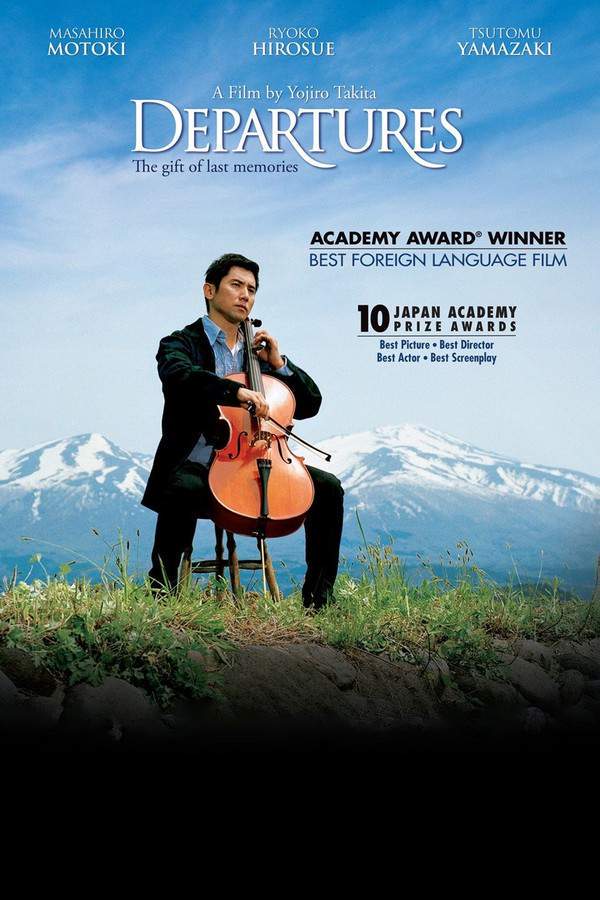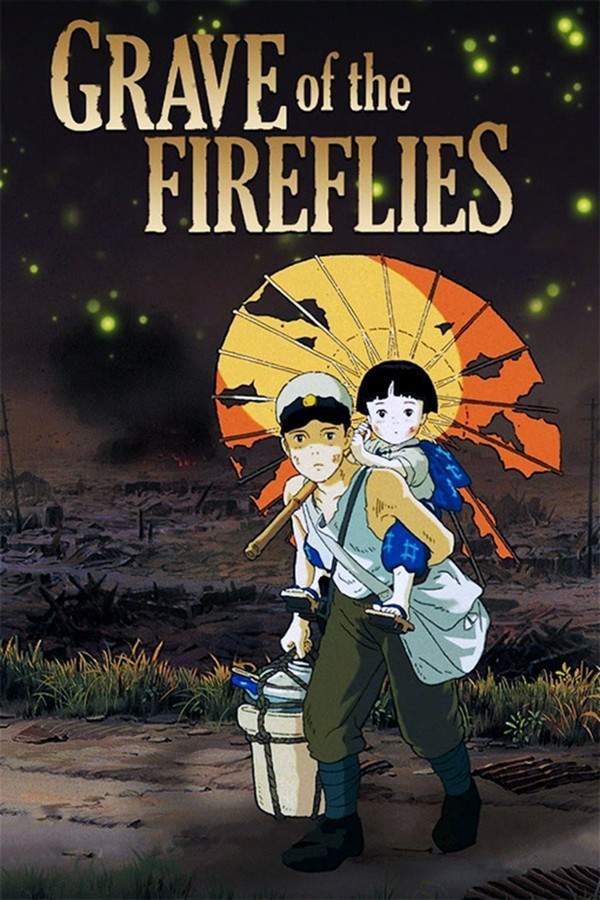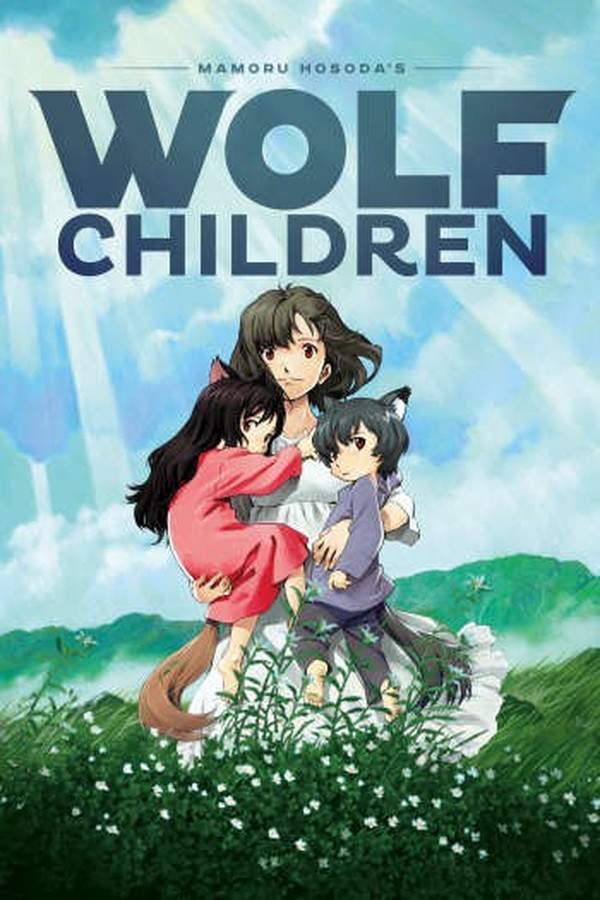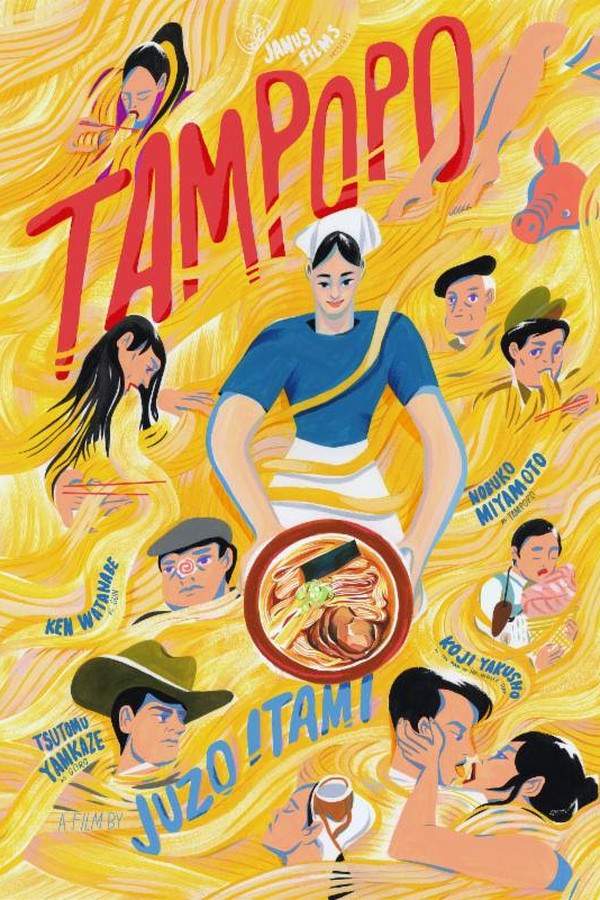Children of Tokyo 2010
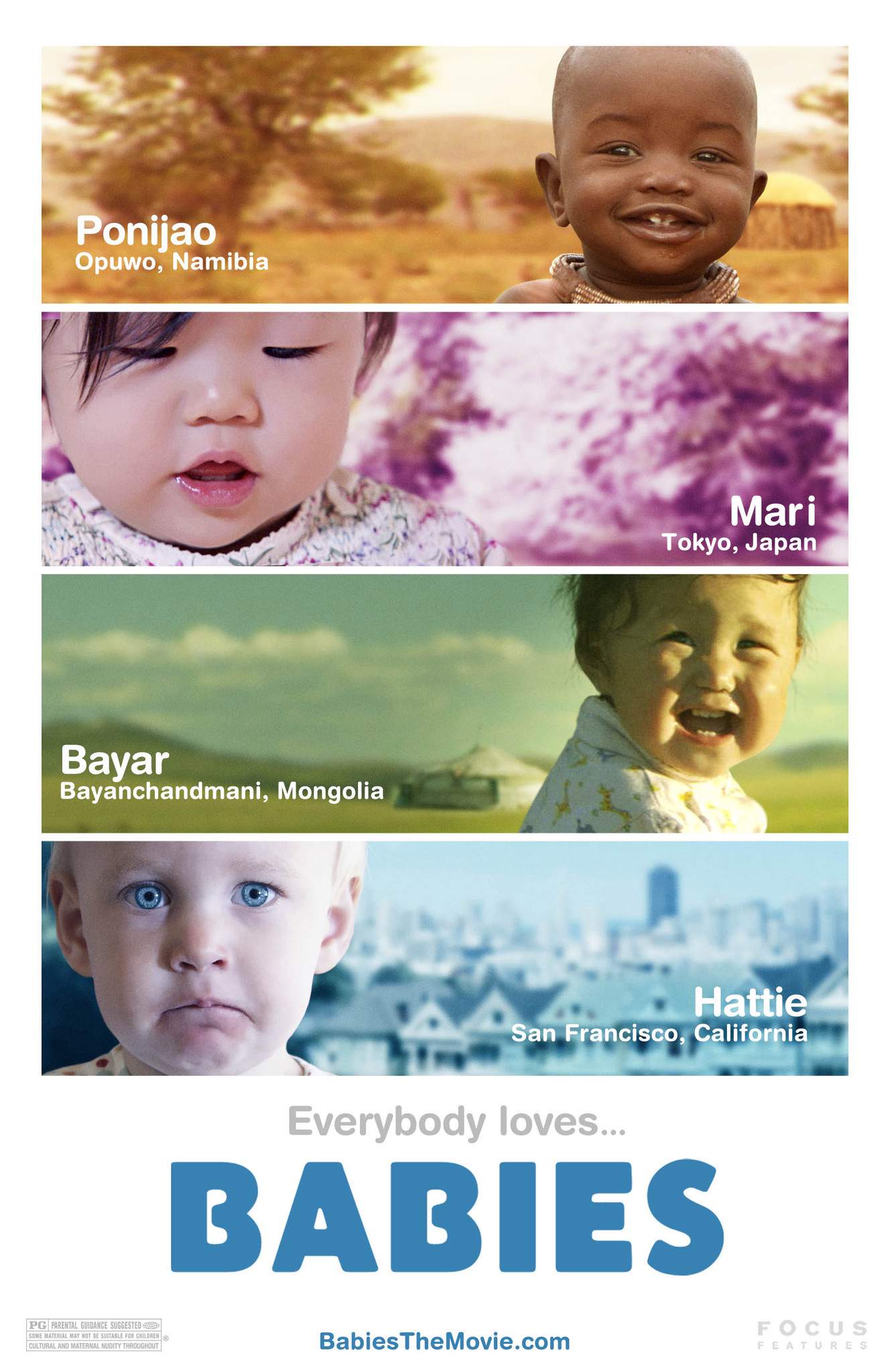
This heartwarming story follows two lively brothers as they experience the ups and downs of growing up together in Tokyo. Facing schoolyard bullies, dealing with demanding teachers, and understanding their father's place in society, they learn valuable lessons about friendship, family, and resilience. Through humor and genuine emotion, the film portrays a touching and entertaining look at childhood.
Does Children of Tokyo have end credit scenes?
No!
Children of Tokyo does not have end credit scenes. You can leave when the credits roll.
Meet the Full Cast and Actors of Children of Tokyo
Explore the complete cast of Children of Tokyo, including both lead and supporting actors. Learn who plays each character, discover their past roles and achievements, and find out what makes this ensemble cast stand out in the world of film and television.
No actors found
External Links and Streaming Options
Discover where to watch Children of Tokyo online, including streaming platforms, rental options, and official sources. Compare reviews, ratings, and in-depth movie information across sites like IMDb, Metacritic, Box Office Mojo or Letterboxd.
Ratings and Reviews for Children of Tokyo
See how Children of Tokyo is rated across major platforms like IMDb, Metacritic, and TMDb. Compare audience scores and critic reviews to understand where Children of Tokyo stands among top-rated movies in its genre.

91
Metascore
8.8
User Score
Take the Ultimate Children of Tokyo Movie Quiz
Challenge your knowledge of Children of Tokyo with this fun and interactive movie quiz. Test yourself on key plot points, iconic characters, hidden details, and memorable moments to see how well you really know the film.
Children of Tokyo Quiz: Test your knowledge about the dark themes and events in the 2010 film 'Children of Tokyo'.
What town does the film open in?
Gatlin
Sodom
Los Angeles
Nebraska
Show hint
Full Plot Summary and Ending Explained for Children of Tokyo
Read the complete plot summary of Children of Tokyo, including all major events, twists, and the full ending explained in detail. Explore key characters, themes, hidden meanings, and everything you need to understand the story from beginning to end.
The story begins in 1963 in the arid town of Gatlin, Nebraska, where a severe drought has gripped the area. In the heart of the vast cornfields, a young boy, who claims to be a prophet of an ancient deity known as “He Who Walks Behind The Rows,” gathers the local children in a tent. He delivers a chilling message that the sinful, blasphemous adults are the cause of their misery, reminiscent of the destruction of Sodom and Gomorrah. The boy convinces the children that to end their suffering, they must sacrifice every adult over the age of nineteen—a horrifying demand that leads to the formation of a death cult around this belief.
Fast forward twelve years to 1975, where a couple, Burt, a Vietnam veteran played by David Anders, and his anti-war activist wife Vicky, portrayed by Kandyse McClure, are traveling a deserted road near Gatlin, eager to celebrate their second honeymoon in California. Their journey takes a dark turn when they accidentally hit a young boy named Joseph, portrayed by Ramington Jennings, who stumbles out of the corn. Upon discovering the boy’s throat has been slashed, they hurriedly wrap his body and place it in their trunk. Burt, armed with a shotgun, investigates the gruesome scene and discovers Joseph’s bloodied suitcase among the corn.
As they seek help to report the tragic incident, they are being watched by Isaac, the boy preacher played by Preston Bailey, and his loyal follower Malachai, portrayed by Daniel Newman. Reaching an abandoned gas station only to find the phones inoperable, Vicky opens Joseph’s suitcase and uncovers a tribal idol made of corn, signifying a dark connection to the cult.
In a small clearing in the cornfields, Isaac openly discusses their need to sacrifice Burt and Vicky, just as they did with Joseph, renamed “Ahaz,” who was deemed cursed for attempting to escape the cult’s grip. Upon entering town, Burt and Vicky find the eerily deserted streets and a calendar stuck on 1963. Their unsettling discovery intensifies when they find a church still engaged in dark rituals that appear to echo the cult’s malevolence.
Ignoring Vicky’s warnings, Burt scours the church and encounters strange biblical inscriptions along with a record of the townsfolk’s births and deaths. Vicky, meanwhile, is surrounded by Malachai and other boys. A violent confrontation ensues, resulting in Vicky being wounded and captured while Burt manages to fight back, leading him on a desperate escape into the unforgiving cornfields.
As night descends, the children, now emboldened by Isaac, pursue Burt with intentions of sacrificial violence. Amidst his struggles, Burt experiences a mix of trauma from his past and a surreal battle against the children. The once innocent realm of corn becomes a maze of horror as Bert faces haunting visions before unearthing the somber reality of Vicky’s fate—her lifeless body has been twisted into a scarecrow.
Ultimately, Isaac delivers messages from “He Who Walks Behind The Rows,” declaring Burt’s demise must occur, and the age requirement for sacrifice has shifted downward as punishment for their failings. After the grim events unfold, the fate of Burt becomes intertwined with a shocking conclusion that leaves him, along with Vicky, positioned as grotesque decorations on display for the sinister forces at play.
In a haunting epilogue, with a flicker of hope extinguished, Malachai leads a procession of eighteen-year-olds into the cornfields to offer themselves, showcasing the grip that this dark ideology continues to hold over the youth of Gatlin. As the cycles of darkness loom larger, one of them, Ruth, finds herself beset by a troubling vision of destruction—a stark representation of the continuous struggle against the cult’s ominous influence.
Uncover the Details: Timeline, Characters, Themes, and Beyond!
Cars Featured in Children of Tokyo
Explore all cars featured in Children of Tokyo, including their makes, models, scenes they appear in, and their significance to the plot. A must-read for car enthusiasts and movie buffs alike.
Children of Tokyo Themes and Keywords
Discover the central themes, ideas, and keywords that define the movie’s story, tone, and message. Analyze the film’s deeper meanings, genre influences, and recurring concepts.
Similar Movies To Children of Tokyo You Should Know About
Browse a curated list of movies similar in genre, tone, characters, or story structure. Discover new titles like the one you're watching, perfect for fans of related plots, vibes, or cinematic styles.
Quick Links: Summary, Cast, Ratings, More

What's After the Movie?
Not sure whether to stay after the credits? Find out!
Explore Our Movie Platform
New Movie Releases (2025)
Famous Movie Actors
Top Film Production Studios
Movie Plot Summaries & Endings
Major Movie Awards & Winners
Best Concert Films & Music Documentaries
Movie Collections and Curated Lists
© 2025 What's After the Movie. All rights reserved.

